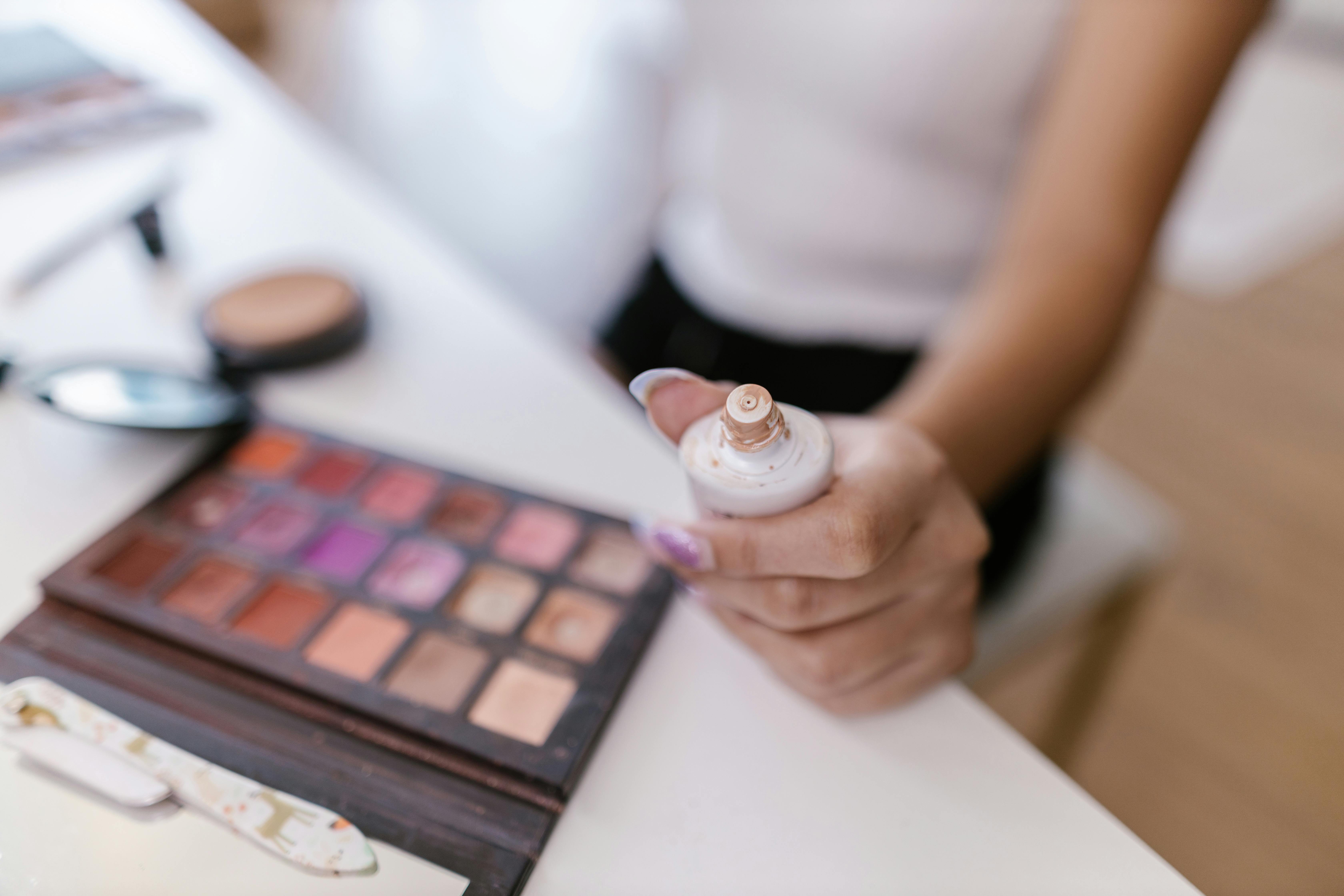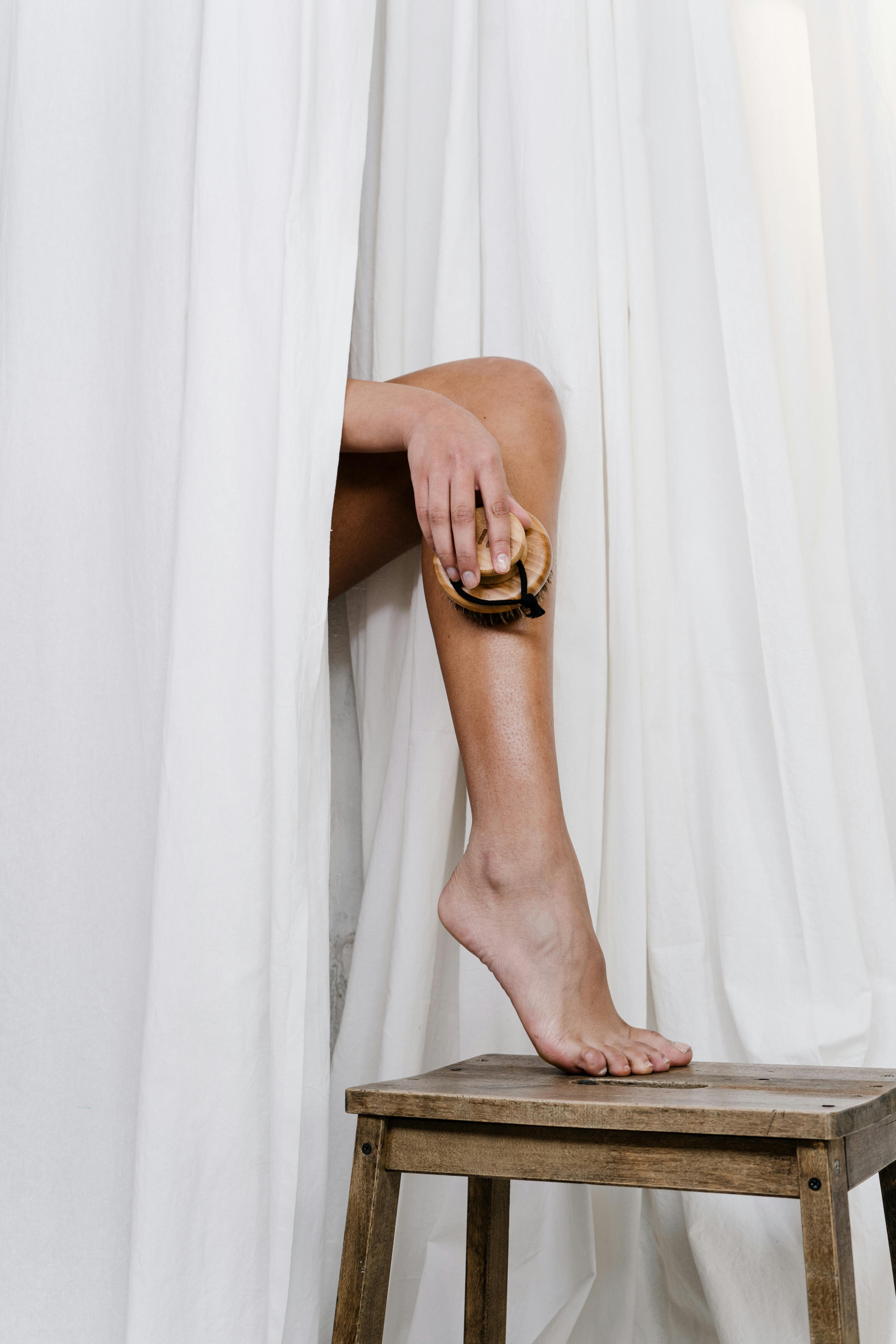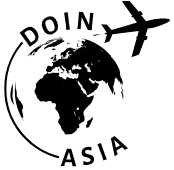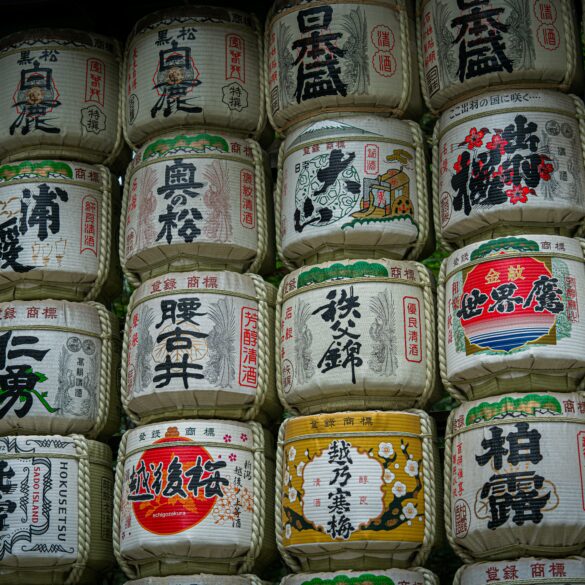Thailand Beauty Industry: Sustainable Innovations Driving Global Cosmetic Growth
You know, two years ago, I was wandering through a bustling Bangkok beauty expo—“The International Beauty Show”—and the level of excitement was palpable. Dazzling product launches, cutting-edge lab demos, seasoned industry veterans sharing war stories, and unexpected debates over coconut oil extraction methods. What really struck me, though, was how the conversation had shifted: vendors weren’t focusing on cheap mass-market creams, but on sustainable, premium cosmetics with a distinctly Thai twist. A colleague leaned in and whispered, “Thailand’s aiming at the top shelf now—global expansion, not just local sales.” Her voice buzzed with pride. Nowadays, as I regularly consult brands hungry for international credibility, I can see why Thailand’s beauty sector has become the region’s breakout innovator1—and it’s not just about beautiful skin.
Let me clarify: if you’re expecting an overview that’s all hype, this isn’t it. I’m passionate about how real cultural philosophy, resource stewardship, advanced ingredient innovation, and a shrewd understanding of global luxury markets have transformed Thailand from a regional player into a global source for premium and ethical cosmetics2. Honestly, I reckon most Western professionals underestimate the strategic genius at work in Southeast Asian labs and boardrooms these days.
Why Thailand Leads in Beauty Innovation
Back when I first started consulting for regional brands, Thailand’s reputation was “affordable manufacturing, but not luxury-ready.” Fast-forward to the present. The transformation is dramatic: As of 2025, Thailand’s beauty sector is posting double-digit growth in the premium cosmetics segment, with sustainable exports projected to hit $2.6 billion this year3. That’s not some fluke—there’s a strategic model at play here, rooted in local tradition, global market analysis, and a culture of relentless improvement.
Key Insight: Thailand’s “Triple Fusion” Formula
Instead of relying on a single secret ingredient, Thai labs and R&D teams have adopted a “triple fusion” approach—local botanical heritage, advanced sustainability science, and international luxury aesthetics. This isn’t random. It’s an intentional blending of centuries-old herbal wisdom (think pandan, lemongrass, tamarind), cutting-edge green chemistry, and a fashion-forward sensibility that attracts both eco-conscious consumers and high-end distributors4.
These days, brand managers are asking authentic questions: “How can we guarantee upcycled sourcing?” “Which supply chain tech ensures ingredient purity?” “How do we communicate our environmental commitment to Parisian buyers?” What’s different about Thailand is that answers aren’t just marketing spin—they come from real sustainability science, genuine agricultural partnerships, and a comfort with balancing tradition and trend.
The Rise of Premium Sustainable Cosmetics
Ever notice how global beauty buyers are getting fussier? They want provenance, purity, brand purpose, and luxury feel. Thailand responded directly, developing botanically rich, cruelty-free, and resource-conscious products from the ground up. Let me step back for a moment and outline what I see changing first-hand:
- Thai brands now lead the region in certifications: organic, vegan, fair trade, halal, and more—all verified by respected international bodies5.
- Ingredient transparency is no longer optional. Labelling isn’t just “Made in Thailand”—it’s “Harvested in Chiang Mai, processed with zero-waste tech, traceable to the farm.”
- Celebrity-endorsed launches focus on sustainability credentials, not superficial glamour.
- Packaging is shifting to 100% biodegradable materials and refillable formats, often sourced locally.
Thailand is home to over 11,000 documented plant species, making it one of Asia’s most biodiverse nations—this natural resource wealth directly fuels cosmetics innovation and sustainable sourcing6.
Personal Reflection
Honestly, the longer I’ve worked here, the more I appreciate the genuine pride Thai formulators take in ethical production. “We don’t just make cream—we care about every grower, every bottle, every customer,” is a phrase I’ve heard repeatedly from factory managers and rural herbalists alike.
To sum up: Thailand currently sits at the crossroads of luxury, ecology, and real cultural heritage. The big opportunity now? For international buyers to see Thai cosmetics not as “exotic imports,” but as premium, sustainable benchmarks for the future of beauty.
Groundbreaking Sustainable Formulation Techniques
Now, here’s the thing: People in the West sometimes assume “sustainable” means slow or limited innovation. In Thailand, the opposite is true. Sustainability is the driving force behind some of the most advanced cosmetic formulation techniques I’ve seen in the last few years. That realization hit me hard during a 2024 visit to an award-winning lab just outside Nonthaburi. I watched technicians upcycle coconut husks into nanofibers for moisturizer—while a biochemist explained, “We used to throw these away. Now it’s worth more than the oil itself.”
Trending Techniques
- Fermentation-based preservation that replaces synthetic parabens with natural bio-actives.
- Green chemistry extraction—zero solvents, water-saving hydro-processors, and triple-filtration for purity.
- Forest-sourced actives, such as betel leaf and mangosteen enzymes, tested for clinical efficacy and sustainable regrowth cycles.
- Upcycling agricultural waste for scrubs, exfoliants, and carriers (rice bran, rambutan seeds, coconut fiber).
What stands out here—besides the dazzling product results—are two truths: (1) Thai cosmetic scientists are obsessed with process improvement, and (2) they’re keenly aware that global luxury buyers want visible sustainability, not just marketing buzzwords.
Case Study: Coconut Water Science
Three years ago, coconut water was just a trendy ingredient. Now, thanks to Thai universities and biotech startups, it’s transformed into a multi-use premium active for hydration, anti-aging, and skin-brightening treatments7. The supply chain for coconut water actives is not only certified organic—it’s structured around farmer co-ops, zero-waste bottling, and fair wage guarantees.
Spotlight: What’s Trending in Thai Sustainability?
- Upcycled Botanicals: Thai labs are premiumizing what used to be agricultural waste8.
- Zero-waste Manufacturing: This is now a baseline requirement, with live audits by both local regulators and international certifiers.
- Blockchain Traceability: You can scan a QR code on a serum bottle and see which farm provided the tamarind extract.
- Fair Wage Fairness: Brands make public transparency reports about how ingredient profits are distributed to rural communities.
Thailand’s Ministry of Industry funds annual “Green Cosmetic Innovation” grants for rural chemists and female entrepreneurs, making the sector unusually inclusive and agile9.
Sometimes, when I’m reviewing a new Thai serum formula, I marvel at the layers of collaborative innovation behind each tube—from farmer to lab to export manager. The more conversations I have, the clearer this becomes: Thai beauty brands aren’t just riding the sustainability trend; they’re setting global standards in transparency and ethical ambition.
From Bangkok to Brooklyn: How Thai Brands Go Global
At this point in time, the question isn’t, “Will Thai brands succeed globally?” It’s, “Which ones will redefine the luxury segment?” As one regulatory affairs lead told me, “Thai innovation is not just about science—it’s about storytelling.” Here’s why that matters:
- Thai brands have nailed the art of “authentic luxury”—products that showcase top-grade sustainability credentials alongside deeply local identity.
- Marketing strategies blend sensory storytelling (evoking Thai landscapes, traditions, flavors) with rigorous technical data—think clinical trial results, carbon audits, and supply chain diagrams10.
- Export models are flexible: flagship launches in Paris, test pilots at Brooklyn pop-ups, influencer campaigns in Seoul—a testament to agile brand vision.
- Brand messaging emphasizes not just “natural” but “responsible”—highlighted by real case studies, farm partnerships, and live supplier data.
I remember when a niche Thai brand sent shockwaves through the Parisian beauty awards last year—not just for “Best New Serum,” but for “Best Environmental Commitment.” That sums up the change: Thai cosmetic success is now synonymous with global sustainability leadership, not just regional exoticism.

Luxury Meets Ethics: Consumer Shift and Brand Response
Funny thing is, for years, Asian beauty was pegged as “mass-market—cheap, not premium.” In reality (and I’ve learned this the hard way), Thai beauty buyers are among the most discerning anywhere. The shift to premium, sustainable cosmetics is driven not simply by global trends, but by local demand for quality, wellness, and ethical stewardship. According to recent industry surveys11, over 78% of Thai consumers now prioritize natural origin and traceable ethical sourcing when selecting cosmetics. These figures aren’t isolated—they echo what’s happening in Singapore, Seoul, and even Tokyo, but with a distinctive Thai signature: luxury rooted in responsibility.
Practical Purchases: What Thai Consumers Actually Buy
| Product Type | Sustainable Feature | Consumer Priority | Top Export Market |
|---|---|---|---|
| Serum | Upcycled Botanicals | Purity, Transparency | France |
| Moisturizer | Biodegradable Packaging | Eco Impact | USA |
| Face Mask | Traceable Sourcing | Ethical Provenance | Japan |
On second thought, what hits me most isn’t the numbers, but the conviction behind them. Young buyers I’ve interviewed refuse to compromise: “No plastic, no mystery chemicals, no greenwashing.” Many international luxury brands are scrambling to catch up. Thai labels have simply made sustainability the baseline expectation, not the afterthought.
Regulatory Compliance and Global Standards
Forget the old assumption that Southeast Asian cosmetics struggled with regulation. These days, Thai manufacturers have mastered not only domestic compliance (Thai FDA, Ministry of Industry) but also international standards—ISO, EU REACH, and US FDA. I learned this firsthand while auditing exports in 2024: not one product failed the EU eco-standard audits. That’s a level of technical stringency some European brands still aspire to12.
Transparent Supply Chains: From Field to Face
Ever felt mystified by the origins of a face mask? In Thailand, you can often trace each active ingredient back to specific farms, batches, and even GPS coordinates. Factories send “ingredient reports” with every shipment. If that sounds extreme, consider that global luxury buyers now demand total transparency. Supply chain digitization is the new norm, not the exception13.
How Thai Brands Trace Their Sourcing
- Co-op partnerships with rural growers establish direct sourcing channels (no intermediaries).
- Live blockchain audits ensure ingredient traceability via QR codes.
- Independent certification agencies perform on-site sustainability inspections every quarter.
- Customer-facing dashboards provide real-time environmental impact scores for each product batch.
I’ll be completely honest—this rigid supply chain transparency sometimes creates headaches for brands. Mistakes get flagged instantly. But that’s a net win: competitive pressures improve quality, boost trust, and force continuous learning. The more I discuss supply chain with Thai professionals, the more I realise how these details have become table stakes for success.
A 2023 Thai government program trained 5,000 small growers in blockchain agricultural tracking—making Thailand Asia’s pilot country for “farm-to-face” mapping in beauty exports14.
Maybe you’ve noticed the shift too—sustainability isn’t just about feel-good vibes anymore. It’s embedded in every bottle, audit, and ad campaign. Thailand’s beauty industry makes it obvious: premium means ethical, and ethical is now the true luxury.
Looking Ahead: Future Growth and Global Impact
As of right now, I’m not entirely convinced the West fully grasps the scale of Thailand’s sustainable innovation in beauty. The jury’s still out for me on whether international buyers will consistently choose Thai brands over legacy European names, but the evidence keeps growing. Conference conversations last quarter referenced Thai luxury serums more than ever. Industry meetups in Seoul and Paris buzz about traceable botanicals and fair wage models. The 2025 forecast? By the end of the decade, Thailand’s premium cosmetics exports are projected to outpace several Western powerhouses15.
Key Takeaways for Professionals
- Stay agile: Global luxury standards are tightening, and Thailand’s model might become tomorrow’s normal.
- Invest in transparency: Supply chain mapping isn’t optional and adds value in every market.
- Keep learning: R&D, upcycling, and regenerative sourcing are all advancing rapidly—constant education is vital.
- Emphasize authenticity: The fusion of cultural heritage and sustainability is the winning formula.
Cultural Impact and Community Connection
I have to say, the part that excites me most is the social side: Women-led cooperative labs, village network entrepreneurs, and grassroots innovation hubs are now central to the Thai beauty landscape. This inclusiveness isn’t just PR spin—it’s a lived reality, shaping product quality and brand stories alike. Discussions I’ve had at rural sourcing conferences highlight a sense of pride, creative risk-taking, and a strong alignment with global values.
Summary and Action Steps: What Can Industry Professionals Learn?
To be more precise, Thailand’s transformation is a playbook for balancing fast-paced innovation with ethical responsibility. International professionals, brand managers, and formulators searching for future-proof strategies should study the Thai model: integrating upcycled ingredients, digitized supply chains, real community partnerships, and authentic, transparent storytelling.
Ready to rethink your global strategy or ingredient sourcing? Pause here and consider: What would a supply chain look like if each step built both profit and community well-being? What would a premium cosmetic stand for if heritage and ecology matched the luxury experience? Thailand offers living answers—and the market is watching.
Call to Action
If you’re a beauty industry professional, sustainability challenger, or ingredient scout, take a critical look at Thailand’s lessons. How can you adapt techniques, partnerships, and transparency methods to your own model? Join the future by putting ethics at the heart of luxury—and sharing your journey with both markets and communities.
On reflection, Thailand’s beauty sector isn’t merely a source of trendsetting product launches—it’s a living lesson in sustainable transformation, authentic brand culture, and global ambition. The region’s approach is already redefining premium cosmetics worldwide, and any serious industry player owes it to themselves to take note, engage with Thai models, and learn from both their advances and ongoing challenges. What’s your next move in the beauty business?



